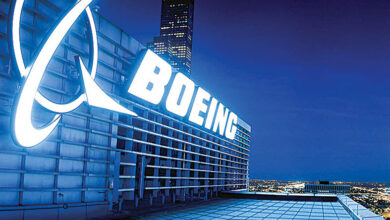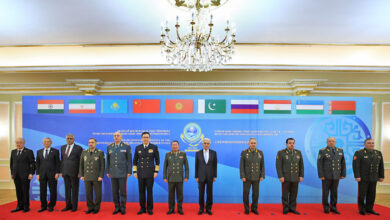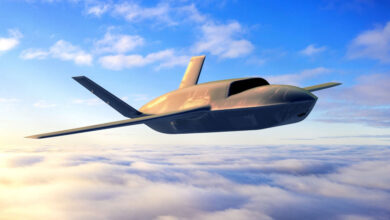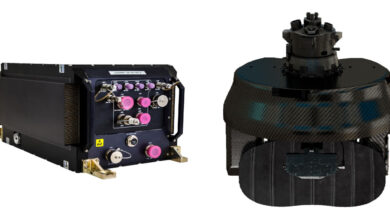Celebrating the success of the FFX II naval programme
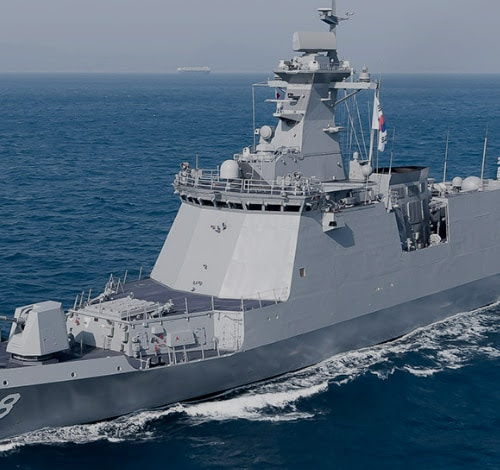 November 23. In South Korea, the eighth and final Daegu-class frigate powered by Rolls-Royce’s MT30 gas turbine is being delivered to the Republic of Korea (ROK) Navy.
November 23. In South Korea, the eighth and final Daegu-class frigate powered by Rolls-Royce’s MT30 gas turbine is being delivered to the Republic of Korea (ROK) Navy.
The ship’s handover marks an important milestone in the culmination of the ten-year FFX Batch II/Daegu-class frigate programme. But, as Lee Skelton, Naval Programme Manager for Korea at Rolls-Royce remarks, “It’s no time to put our feet up” as the development of FFX Batch III/Ulsan-class frigate is already well underway.
Celebrating a strategic win
Rolls-Royce was selected by the ROK Navy in 2012 to deliver the propulsion system for their planned FFX Batch II frigate.
“The programme was a significant and strategic opportunity for us,” explains Sam Cameron, SVP Sales & Business Development, Pacific Rim at Rolls-Royce. “It was the first success of its kind in South Korea with us displacing a key competitor and winning a main propulsion engine contract with the ROK Navy.
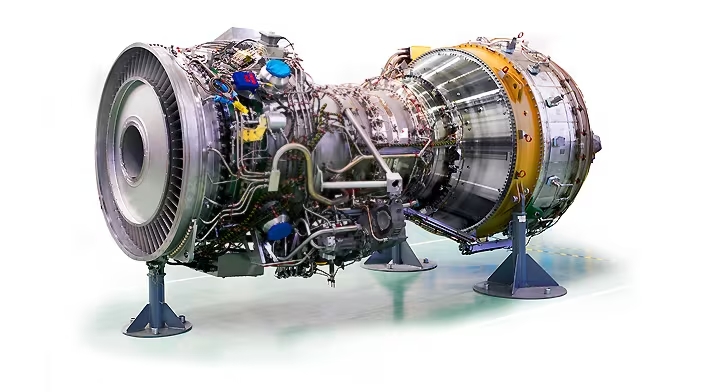
“To do so, we had to build the trust that our engine would deliver for their current and future capabilities. We also drew upon the advocacy of our existing naval customers to speak to MT30’s high performance.”
MT30 is already demonstrating its success globally in a variety of propulsion system arrangements including mechanical, hybrid-electrical and full-electric for modern naval vessels. It first entered service in 2008 with the US Navy’s Freedom-class Littoral Combat Ship (LCS) and was then chosen to power the Zumwalt-class destroyers, the Royal Navy’s Queen Elizabeth-class aircraft carrier, the Italian Navy’s Landing Helicopter Dock and the Japan Maritime Self-Defence Force’s FFM programme. It has also been selected to power the Royal Navy’s City-class frigates and is the power behind the Global Combat Ship variants.
Proven performance that lasts
The ROK Navy needed a product which would enable the high-speed requirements of a navy vessel while offering reliability, low maintenance and low costs across a long lifecycle.
“The MT30 is a 21st-century gas turbine with the highest power density available,” continues Lee. “Today, the engine data we’re getting from the first ship shows that it performs just as it did when it entered into service in 2016. That’s out-of-the-box performance, living up to all expectations, and feedback from crews on the ease of operation has been really positive.”
Our modern MT30 gas turbine works as a boost engine alongside four Rolls-Royce mtu 12V 4000 M53B diesel generators which power an electric propulsion motor in the ship’s hybrid electro-mechanical propulsion system. As well as improving the ship’s availability during critical missions, it drastically reduces machinery noise levels – crucial to maintaining an advantageous position in anti-submarine warfare.
Building collaboration
For the programme to be fully successful and delivered within such a relatively short timescale, our naval team had to maintain close collaboration with partners Hyundai Heavy Industries (HD HHI (EMD and SNSD)) and Daewoo Shipbuilding and Marine Engineering (DSME) (now known as Hanwha Ocean Co, Ltd). But working across two shipbuilders wasn’t always plain sailing.
“At certain points throughout the programme, we had five ships in different intense phases of their build cycles at the same time,” explains Lee. “Communication was key, and we had to ensure our messages were consistent across everyone involved. We were able to take so many learnings from each other and this project. The FFX Batch III programme will be delivered across three shipyards, but we have confidence in our relationships with our partners and shipbuilders to know we can work well together.
“Today, HHI are our strongest advocate. We’ve worked through challenges to find solutions and build trust. I look forward to working on Batch III together.”
As a testament to the strong cooperation between partners, an award by DSME was presented to one of our Rolls-Royce naval engineers for his excellent contribution to supporting the sea trials and the delivery of the second frigate in the FFX II programme amid challenging COVID-19 restrictions.
Delivered without delay
“We are extremely proud to have successfully delivered the MT30 in a timely manner without a single day of delay throughout the programme for all eight frigates,” says Jongyel Lee, Vice President of Naval Business Development at Rolls-Royce. “And MT30’s core engine has been successfully operated without a single defect since the first ship was delivered.
“This is in part thanks to our engine health monitoring (EHM) system which works continuously to diagnose engine conditions. Today, MT30 dominates the advanced navy and Pacific Rim marine gas turbine market based on its excellent performance and high reliability.”
Customers are benefitting from the significantly reduced onboard maintenance time that MT30 requires – around just one hour per week – and this is enabling the ROK Navy to preserve valuable costs and manhours.
Leading Pacific naval propulsion
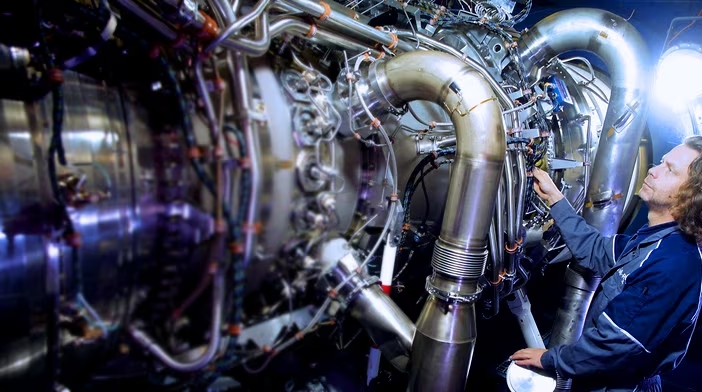
In the future, MT30’s proven success in electrical and hybrid-electric propulsion system arrangements means it will continue to meet the needs of a wider variety of platforms and applications from frigates to aircraft carriers and continue to support the ROK Navy’s frigate programmes including the planned FFX Batch IV if selected. Customers can also benefit from digitalisation advances such as Engine Health Management (EHM) analysis capability to further maximise engine performance and optimise on-board maintenance and immersive Virtual Reality training that simulates operator maintenance and service training.
Regionally, the MT30 also supports Japan’s FFM programme and Australia’s Hunter-class frigates, with its benefits being utilised as far east as the USA and soon, Canada. Within the next decade, it will become the dominant engine of choice across the Pacific Rim – a testament not only to the ongoing performance of the engine but the strong collaboration and experience that helped to enable its success.
Alongside MT30, the marine gas turbine portfolio includes its latest addition, the MT7 marine gas turbine, ideal for future the ROK Navy’s future Landing/Hovercraft programmes. MT7 is powering the US Navy’s new LCAC 100, Ship to Shore Connector.


